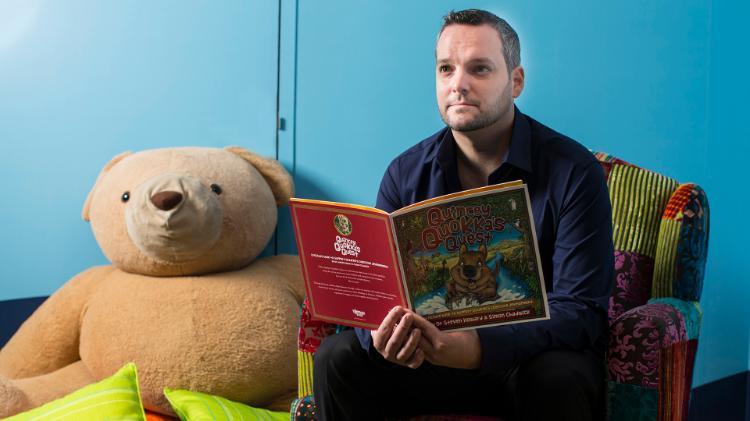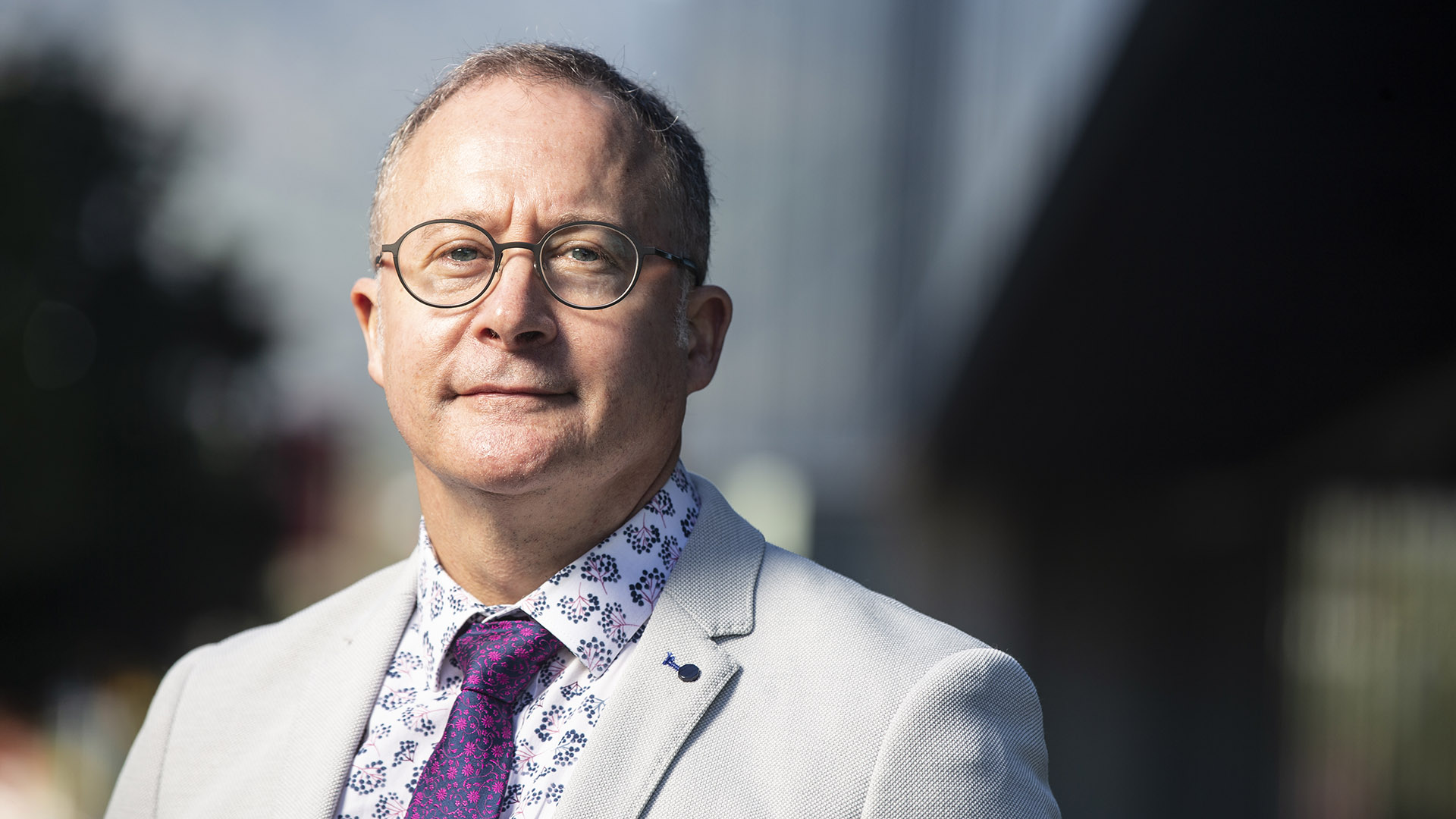December 16, 2020
Bright ideas win medical research funding
NHMRC Ideas Grants support innovative and creative projects in all areas of health and medical research
A University of Wollongong (UOW) project to develop an innovative treatment for peripheral nerve injury, and another to develop a tool to help carers recognise language disorders and delays in young children, have been awarded funding through the National Health and Medical Research Council (NHMRC) Ideas Grants scheme.
Federal Minister for Health the Hon Greg Hunt MP announced the successful NHMRC Ideas Grants projects on Tuesday (15 December), with two UOW-led projects among those awarded funding.
The Ideas Grant scheme supports a broad range of innovative and creative projects in all areas of health and medical research from discovery science through to clinical research, health services and public health research.
UOW Deputy Vice-Chancellor (Research & Innovation) Jennifer L Martin AC welcomed the funding announcement.
“Congratulations to all the UOW researchers involved in successful collaborative Ideas Grants. These are fascinating and important projects and I look forward to following their progress,” Professor Martin said.
“I would also like to take this opportunity to acknowledge those applicants who were not funded in this round of NHMRC Ideas Grants. I thank them for their research passion, and for the time and effort they put in to their grant submission.”
E-nerve-guide
Associate Professor Jeremy Crook (pictured above) from UOW’s Australian Institute for Innovative Materials (AIIM) will lead the peripheral nerve injury project, awarded $805,064 over three years.
“We aim to deliver a radical new precision intervention for peripheral nerve repair to improve the lives of people with peripheral nerve damage,” Professor Crook said.
“Drawing from our recently awarded work on electric neural tissue engineering, we will pre-clinically test our invention of a unique clinically amenable electric nerve-guide – or ‘e-nerve-guide’ – designed to act as a protective nerve conduit and wirelessly electrically stimulate damaged nerves for their regeneration and restoration of function.”
Peripheral nerve injury (PNI) can affect the brain's ability to communicate with muscles and organs. PNI is a major health problem, implicated in 3-5 per cent of all trauma cases, with more than 5,000 PNI repair surgeries conducted in Australia each year.
Facial nerve injury is particularly distressing due to permanent paralysis of the affected region of the face. The primary treatment modality for PNI is surgery, with surgical techniques being complicated, rarely successful, and fundamentally the same as they were 50 years ago.
“The e-nerve-guide comprises a flexible and resorbable outer collagen membrane with an inner 3D printed electro-gel coating designed to protect, wrap around, rejoin, electrically stimulate and repair severed or severely damaged nerves,” Professor Crook said.
“In doing so it will solve the limitations of current therapies and associated poor clinical outcomes.”
The research team includes Dr Eva Tomaskovic-Crook from AIIM and scientists from Griffith University.
Early language assessment tool

An Associate Professor in Educational Psychology, Steven Howard's research focuses on how to pinpoint children’s progress and needs in foundational areas of development.
Associate Professor Steven Howard from UOW’s Early Start will lead the project to develop and evaluate a novel early language assessment tool that can be used by carers to identify vulnerable children who would benefit from referral to allied health pathways. The project was awarded $554,388 over three years.
“Language disorder or delay are best addressed through allied health pathways. However, referral to such services requires a child’s carers being able to differentiate typical and atypical development, causing high levels of over- and under-referral,” Professor Howard said.
“We will develop and evaluate a novel language and communication tool that can be used by those who provide care for children from pre-school to early primary school (ages 3-7 years) – a stage of development when accurate measures can be taken and intervention can be particularly advantageous – to derive sensitive pre-diagnostic information that can inform their referral discussions and decisions.”
Variation in children’s language development by start of school, including language delay, is one of the strongest predictors of developmental risk and outcomes.
While childhood language disorders and delays are most effectively addressed through clinical and allied health pathways, referral to those services hinges on a child’s carers having adequate information to understand the language development progress and needs of the child.
“A scalable and supported language and communication tool with pre-diagnostic utility would initiate a paradigm shift in early assessment, empowering those who spend the most time with young children to seek appropriate and timely referral,” Professor Howard said.
“This would reduce the burden on allied health pathways and services that derive from current high levels of false-positive referral, and also reduce the long-term societal costs of children who would benefit from these services missing out on referrals.”
Fellow Early Start researchers Associate Professor Cathrine Neilsen-Hewett and Professor Marc de Rosnay will also contribute to the project, as will researchers from the University of Oxford, Macquarie University, University of Sydney and South Western Sydney Local Health District.
